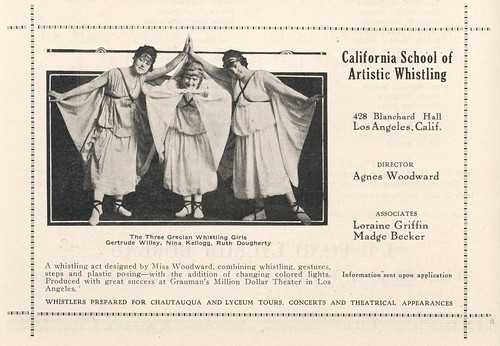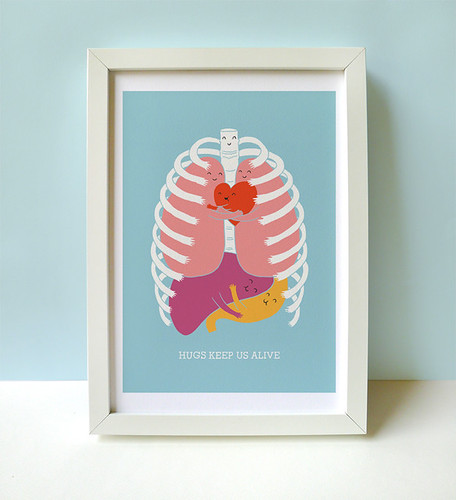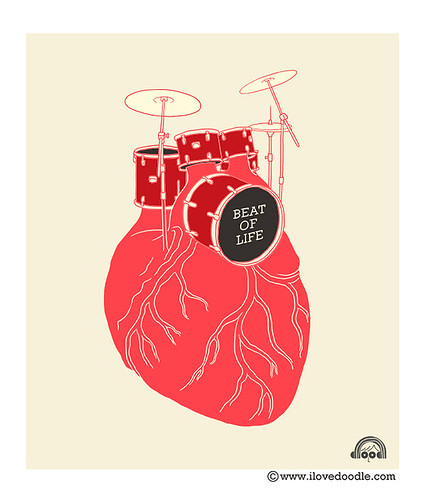As we count down the final days of 2012, we also draw everyday nearer to an annual tradition: New Years' Resolution time. If it's always on your list, why not make this the new year you take the plunge and give belly dance a try?
Through February 13, I'm teaching Wednesday nights at 8:30 at Ral'eau Salsa, 300 W, 43rd St. (corner of 8th Ave.), 6th floor. This is a session-format course where each lesson builds on previously-taught material, and although drop-ins are permitted at any time during the session, the course is designed for students who start together and continue together every week. I recommend that new beginners start this week, January 2, or if you are not able to make this date, start no later than January 9.
For more information, see RSalsa.net.
I look forward to dancing with you in 2013!
Through February 13, I'm teaching Wednesday nights at 8:30 at Ral'eau Salsa, 300 W, 43rd St. (corner of 8th Ave.), 6th floor. This is a session-format course where each lesson builds on previously-taught material, and although drop-ins are permitted at any time during the session, the course is designed for students who start together and continue together every week. I recommend that new beginners start this week, January 2, or if you are not able to make this date, start no later than January 9.
For more information, see RSalsa.net.
I look forward to dancing with you in 2013!






























